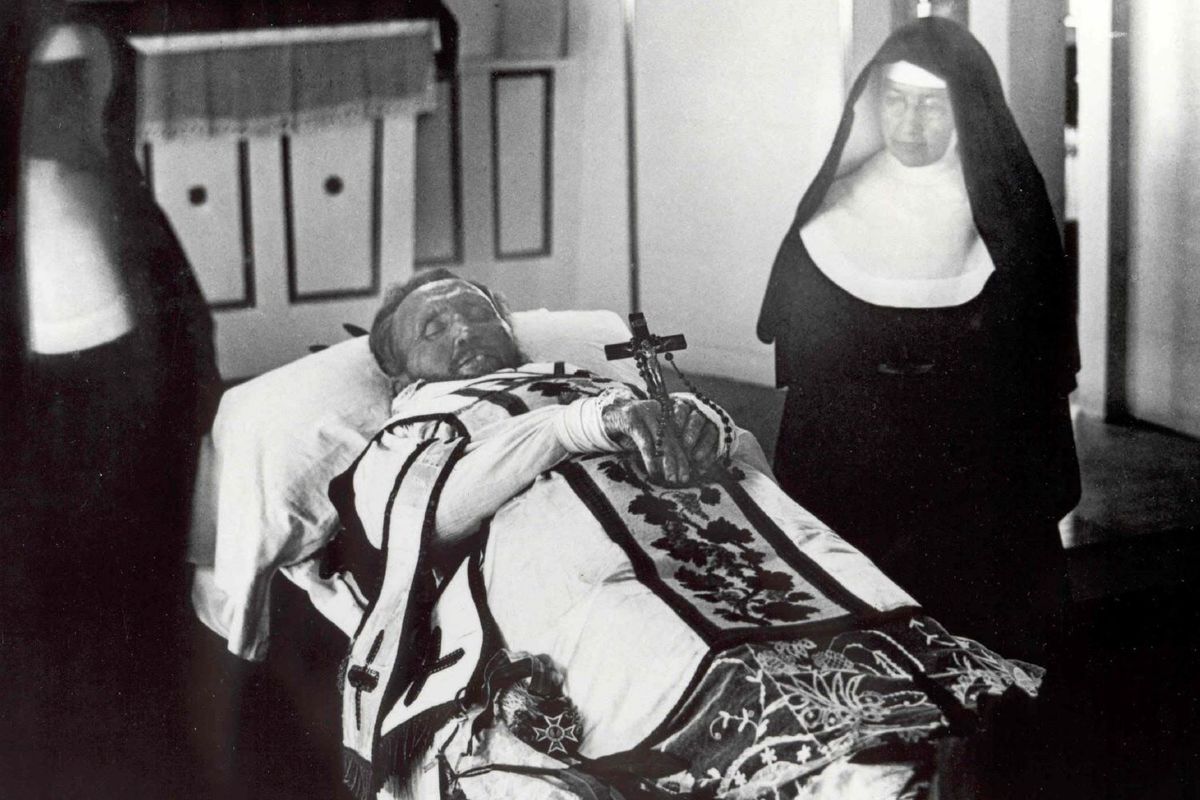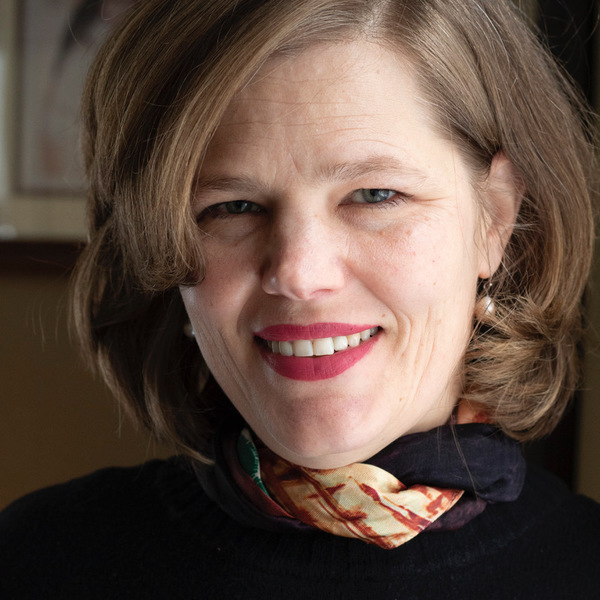The Hawaiian princess and future queen Liliuokalani landed with her retinue and a swarm of journalists on Kalaupapa peninsula on the island of Molokai in September 1881, where for sixteen years her subjects that suffered from leprosy (Hansen’s disease) had been quarantined from the rest of the Islanders. It had been eight years since Father Damien de Veuster, a Belgian missionary of the French Congregation of the Sacred Hearts of Jesus and Mary had come to the island in answer to a call for a priest to serve the Catholics in the colony. In the intervening years, Damien had become something of a celebrity, praised for his self-sacrificing work among those who had contracted a disease that gradually deformed and disfigured them until they met an inevitable, painful death.
When Damien had arrived at the colony, it was popularly known as “the living graveyard.” The lepers suffered from almost every human need. Food, clean water, clothing, shelter, basic medical care—all were wanting on the island. They had been brought to Molokai simply to wait for death—and death’s stench was all around them. On average, about one leper died every day, and their corpses, hastily buried by those who were strong enough to complete the task, were often unearthed and partially consumed by wild pigs. (It was this ever-present reek of the rotting bodies mixed with that of the lepers’ festering wounds, that led Damian to take up pipe-smoking soon after his arrival in an effort to suppress the stench that invariably enveloped him.)
All of these people had been ripped from their families, and in the nightmarish conditions they sought to find what consolation they could through the consumption of alcohol in the form of a crude beverage fermented from the native ki root. Nightly drunkenness translated into regular sexual orgies. Women on the island prostituted themselves for shelter and companionship, and children were similarly enslaved and abused. It was, as the lepers themselves proclaimed, a land “without law.”
In the eight years before Liliuokalani visited, Damien’s presence on the island had effected dramatic changes. A former farm boy with Martin Sheen good looks, Damian worked continuously for the lepers. He built houses, schools, and a conduit for freshwater, arranged for clothing to be delivered from the mainland, taught them to grow their own food. He advocated for them with the authorities and procured the medical supplies that would better their lives. He tended them, taught them, and, against medical advice, ate with them. All of this was accomplished even as he offered daily Mass and prayers, performed baptisms and marriages, and, of course, anointed the sick and said funerals for the dead.
By the time Liliuokalani reached Kalaupapa, although the human devastation was still apparent in the deformed faces of the children she visited, those same children appeared before her as well-fed, neatly dressed schoolgirls. They formed a choir that serenaded her with a few songs, an expression of how far Damien had brought them in that short time. That day, the princess’ tears flowed freely. She praised the lepers’ courage, and when she returned home, she sent a letter to Father Damien, offering him the title of Commander of the Royal Order of Kalakaua, Hawaii’s highest honor.
Now the whole thing would no doubt play out differently. In this moment in which the deep limitations and indiscretions of white, European males who acted as agents of a wider movement of colonization are more clearly recognized, the scene on Molokai cannot but provoke difficult questions and associations. After all, why did the indigenous Hawaiians suffer from leprosy, except for the fact that white colonizers unknowingly infected them with a disease for which there was little natural immunity? And why was Damien present on the islands in the first place if not to further a white, Eurocentric religion, to “civilize” a culture that had been deemed barbarian for the sake of those seeking commercial interests?
Indeed, in a letter to his parents at the time of his arrival in Hawaii, Damien aptly expressed the quintessential 19th-century missionary dream: “Impossible to express how immensely happy a missionary is when he sees the new land that he must water with his sweat to gain uncivilized souls for Christ.” And even as Damien sought to win these souls he clearly viewed with a paternalistic eye, he was at the same time taking part in a very worldly competition between Catholic, Anglican, and Protestant missionaries for funds and public approval. Were the lepers mere spiritual pawns in an ongoing game of public-relations chess? Damien at one point boasted of his ability to scale the 2,000-foot cliffs that separated the peninsula from the rest of the island faster than any other churchman—as though he were merely a contestant in a spiritual decathlon.
Such a sensibility should not sit well with us, and in fact it did not sit well with those responsible for assessing Damien’s sanctity. Damien’s frequent impulsive behavior held up his canonization process for 120 years, despite his vast public appeal. Was this a man of true heroic virtue, this headstrong bully who was often on the outs with his superiors? Could he actually be called a saint?
One of the reasons Damien is revered as a saint today is that his cause was relentlessly pursued by Mother Teresa of Calcutta. It makes sense on one level: she worked among the “poorest of the poor,” and he did, too. But there have been very many saints who worked among the poor, many of them surely more attractive models to women religious than Damien. What did the Belgian farm boy have that others did not?
It seems that what turned others off about Damien was what turned Teresa onto him. Damien expressed in clear terms what she herself was always going for in her portrayal of “holiness.” She says it directly and repeatedly as when, in a 1989 interview, she was asked whether she brought any “special qualities” to her work. “I don’t think so,” she continued:
I don’t claim anything of the work. It is his work. I am like a little pencil in his hand. That is all. He does the thinking. He does the writing. The pencil has nothing to do with it. The pencil has only to be allowed to be used. In human terms, the success of our work should not have happened, no?
In this final question, Teresa expresses the disproportion she found so fascinating in Damien. She knew from her own experience the impossible gap between the flawed human she was and the work God was working through her.
It was and is a vision of holiness that eludes many of her admirers. A great deal of ink is spilled trying to explain how Mother Teresa became Mother Teresa, to reason the way from sinner to saint, to find and trace the path that made her who she is. What were her virtuous beginnings, her unique sacrifices, the heights of her prayer? But I wonder at this sort of hagiography. Should we always try to reconstruct the supposed halo that the saint already wore in childhood? Doesn’t this risk making Mother Teresa’s claim into a humble lie?
Mother Teresa defied this sort of saint-making and so did Damien. Both of them demand to be taken at face value as unremarkable human beings who nevertheless were chosen by God for an extraordinary work. In looking at them, it seems we are best served by the sort of modern hagiography that seeks to explore and unearth their human struggles—their flaws, mistakes, and neuroses. By maintaining the tension in the saint’s life, these down-to-earth portrayals prevent us from conforming the saint to our experience, our own taste for what holiness looks like. They prevent us from collapsing God into us.
Of course, the interesting thing is that, as Mother Teresa clearly saw, maintaining this tension induces a sort of vertigo. In the face of the dizzying disproportion between who a man or woman is and what God can do in them, a seemingly irrational conclusion begins to emerge: perhaps there is a God at work here after all. Perhaps there actually is something in this religion that for two thousand years has had a mostly (though not exclusively) Eurocentric expression? It seems that the God who has revealed himself in a limited human form apparently continues to choose limited human forms as his preferred method of revelation.
Belgian Cardinal Godfried Daneels famously said that Damien was no “porcelain saint.” But porcelain is not even a substance of which saints can be made. Since Peter ate fish on the beach with his Resurrected Master, saints have been constructed of flesh and blood only—wounded and even treacherous flesh and blood, but flesh and blood all the same. And it is by this apparent coinherence of frailty and fullness that we find ourselves transfixed.
Early on, Damien began referring in his sermons to “we lepers.” In the mouth of a handsome, healthy priest, it may have sounded like an attempt to mollify his little flock, propaganda to sway his constituents. In the mouth of the man that we see in pictures at the end, covered with the scaly, black sores of the disease, it takes on a different cast. And to hear this same man rejoice on his deathbed—“People pity me and think me unfortunate, but I think myself the happiest of missionaries”—this takes our breath away. This is why we still need Damien de Veuster.

